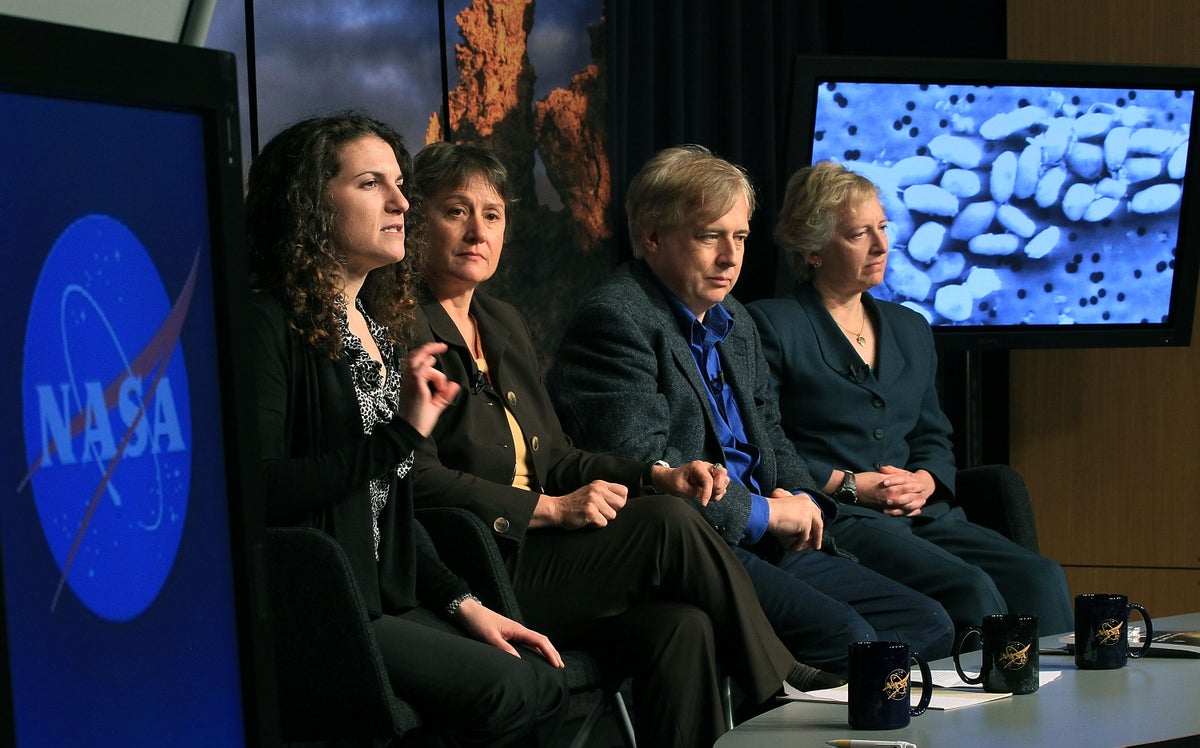Now Reading: Polymetallic Nodules: Unlocking the Mystery of ‘Dark Oxygen’ and Rare Metals
-
01
Polymetallic Nodules: Unlocking the Mystery of ‘Dark Oxygen’ and Rare Metals
Polymetallic Nodules: Unlocking the Mystery of ‘Dark Oxygen’ and Rare Metals

Rapid Summary:
- Researchers discovered “dark oxygen,” a phenomenon where polymetallic nodules on the deep-sea floor might produce oxygen without photosynthesis.
- The study, published in Nature Geoscience on July 22, 2024, suggests that these nodules could influence our understanding of Earth’s early life processes.
- Delegates at a UN-affiliated International Seabed Authority (ISA) meeting in Jamaica cited the revelation as grounds for caution in approving deep-sea mining.
- Mining companies, particularly The Metals Company which funded parts of the research, are eager to exploit polymetallic nodules rich in minerals like manganese and cobalt for battery production but have critiqued the findings as “bad science.”
- Deep-sea environments such as the Clarion-Clipperton Zone are ecological hotspots and vital to ocean biodiversity-but their recovery after disturbance may take decades or longer.
- Images from ancient mining tests show lasting scars on seafloor ecosystems that remain largely unrecovered after more than 50 years.
Indian Opinion Analysis:
The discovery of “dark oxygen” underscores how little is known about Earth’s least explored zones-the abyssal plain. While it presents an exciting potential breakthrough for understanding origins of life,its broader implications remain uncertain amidst scientific scrutiny. For India-a signatory to the UN Convention on the Law of the Sea-this dilemma raises critical questions about sustainable progress versus ecological preservation. With India pursuing green energy transitions requiring rare minerals like cobalt and manganese found within these nodules, policymakers would benefit from carefully balancing resource needs with environmental responsibility.
given India’s strategic interest in global maritime governance and its dependence on international ecosystems regulated by ISA treaties, decisions made hear could shape both economic strategies and ecological narratives. Scientific knowledge must precede exploitation-a principle relevant to ensuring oceans’ longevity for future generations.
Read More: Scientific American

























